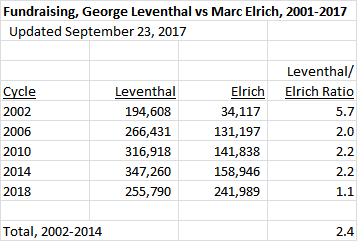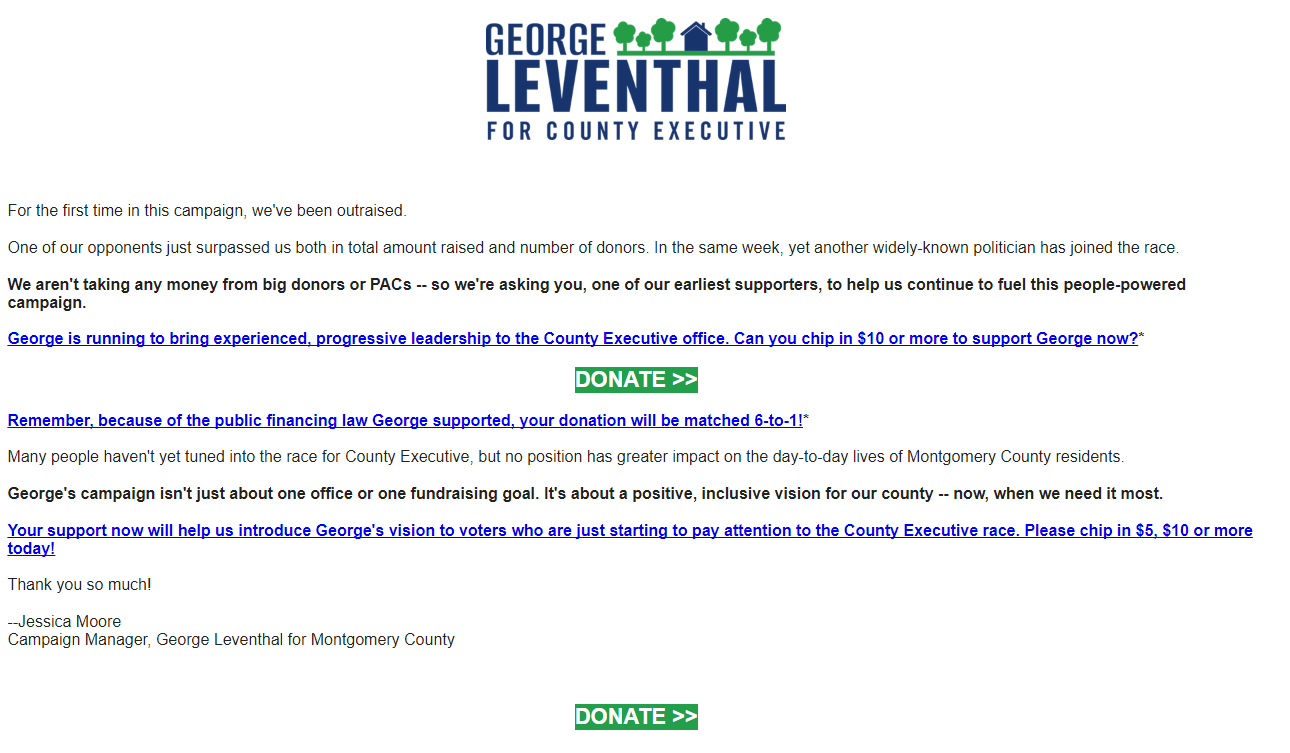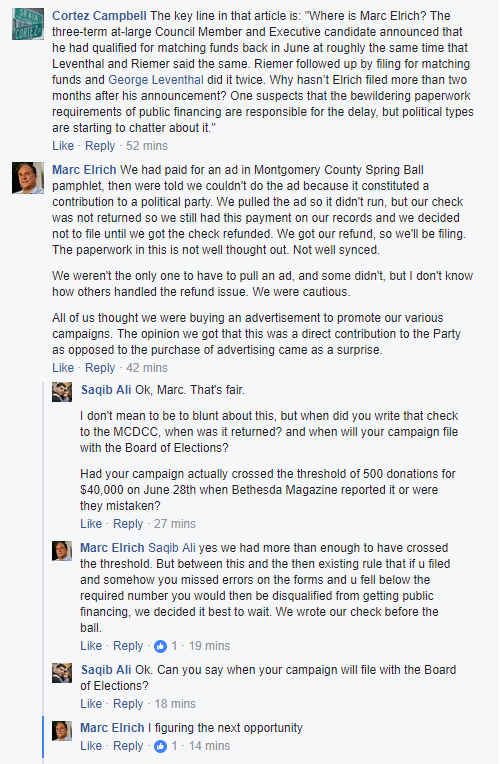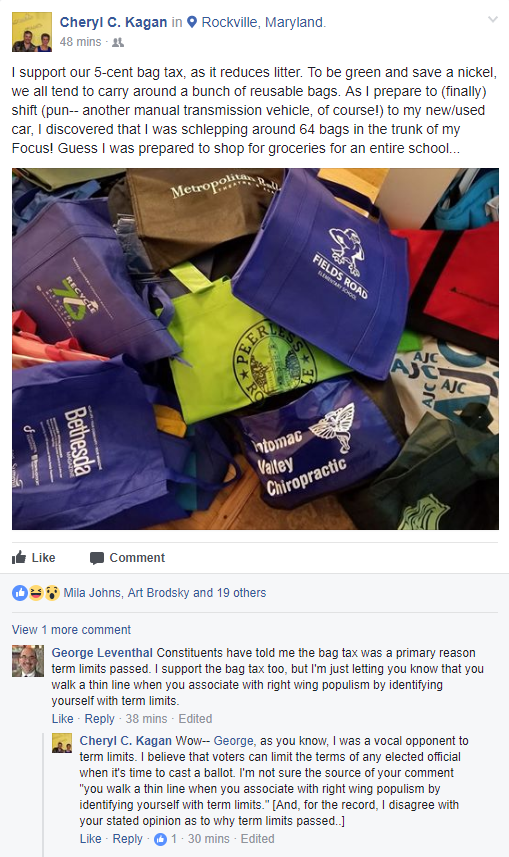Name one program in the county budget that is not working and can be cut. Tell us how much in annual savings that would yield.
I will work diligently with the Office of Management and Budget, and with every department, to find savings and process improvements if I am elected to lead this government. I understand the mission of every county department. I have low tolerance for redundancy. I am prepared to prioritize, and to say no to additional spending where saying no is warranted. One place we could start is by looking at how the county provides health care to its employees.
Montgomery County will spend $245 million in FY2018 on employee health coverage. In 2011, I commissioned a Task Force on Employee Wellness and Agency Consolidation, which recommended adoption of an employee wellness program. It took the Leggett administration until 2015 to get the program fully up and running. Between 2017 and 2018, health claims dropped by $3 million, although it is not clear this is statistically significant, or directly caused by participation in employee wellness programs. I am confident that continued implementation of employee wellness efforts will lead to continued reduction in utilization of health benefits, and increased savings.
The task force also recommended consolidating procurement of employee health coverage between county government, the school system and Montgomery College. The school system and the college have declined to adopt this recommendation. School employee unions feared their members might lose their more favorable benefits. However, the county’s Office of Human Resources already administers health benefits among different bargaining units, and could easily administer health benefits for school system and college employees, resulting in substantial overhead savings, and savings from group purchasing. I will continue to advocate for unified administration of health benefits among all three agencies.
Additional overhead savings, and efficiencies from volume purchasing, could also be achieved by consolidating procurement of all goods and services for county government, MCPS and Montgomery College in a single office.








